Nantes Cathedral
The most famous sight of Nantes is the Cathédrale Saint-Pierre-et-Saint-Paul. Construction of the Gothic church started in 1434. A Romanesque church previously stood on the property. The construction of the choir with the altar usually started first, because it is the most important part of the cathedral. In Nantes, the construction started with the bell towers so that the Romanesque choir could continue to be used. Nantes Cathedral was inaugurated in 1577, which is very late for a Gothic church. At this point the vaulted ceiling and the choir were still missing. These parts were built until 1668. The cathedral as a whole was finally completed in 1891.
Allied bombs hit the choir in World War II and the roof burned down in 1972. In 2020 the organ burned down by malicious arson, and the fire also destroyed the stained glass windows on the west facade.
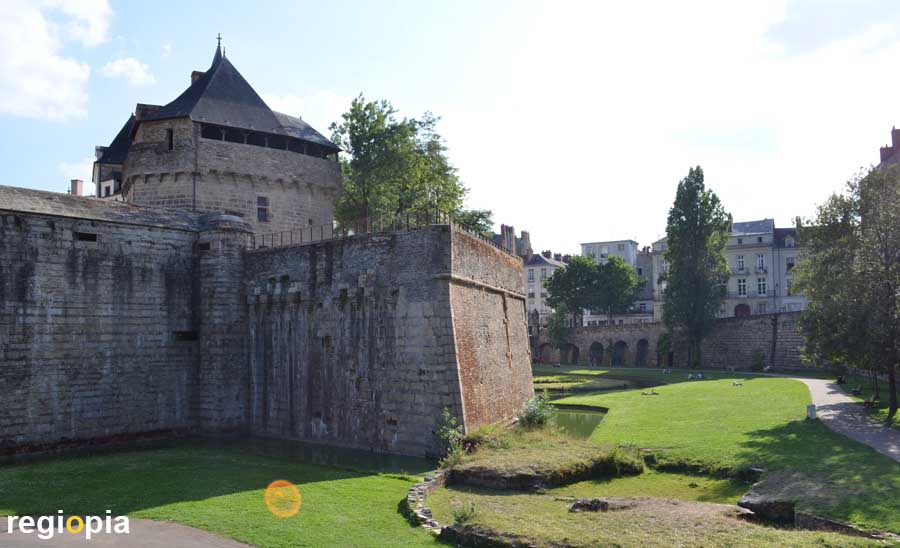
Castle of the dukes of Brittany
The Château des ducs de Bretagne is the castle of the dukes of Brittany. The castle still shows its medieval past. The fortress was built in 1207 on a corner of the city wall. Moats, high walls and bastions have protected the building for centuries. The prestigious Grand Logis palace was started in 1466 by Francois II and was completed by his daughter Anne de Bretagne. After Brittany became part of France in 1532, the castle of Nantes lost its political importance. However, the fortress was still of military use and was further expanded.
The castle used to stand directly on a side arm of the Loire, which flowed south past the old town. Today the Miroir d'eau is located here.
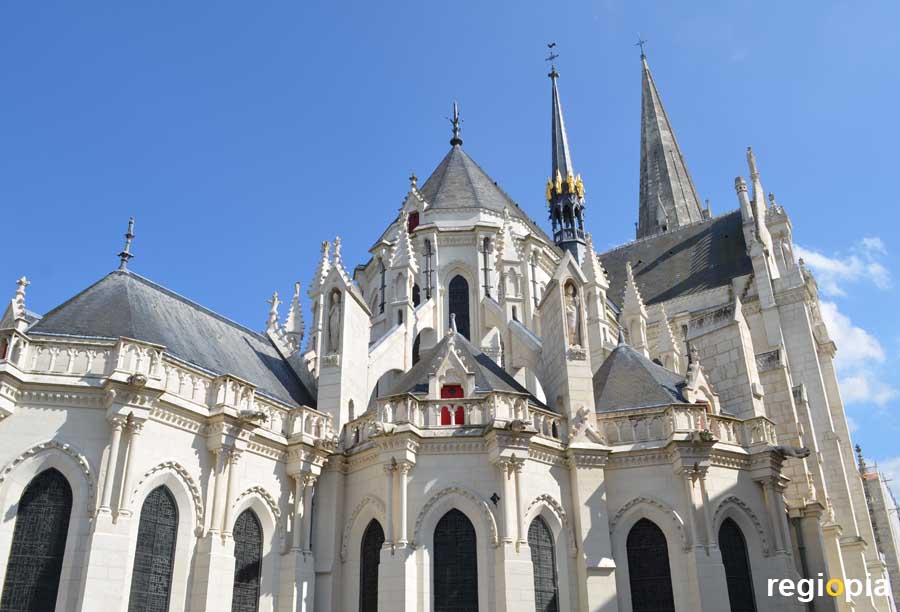
Basilique Saint-Nicolas
The Basilique Saint-Nicolas looks like a medieval church. However, the church was built between 1844 and 1869. The neo-Gothic basilica was designed by the architect Jean-Baptiste-Antoine Lassus. The Parisian architect worked archeologically on medieval buildings and therefore came very close to his role models. The difference can be identified by the lack of stonework. Nevertheless, the Basilique Saint-Nicolas is one of the most beautiful churches in Nantes.
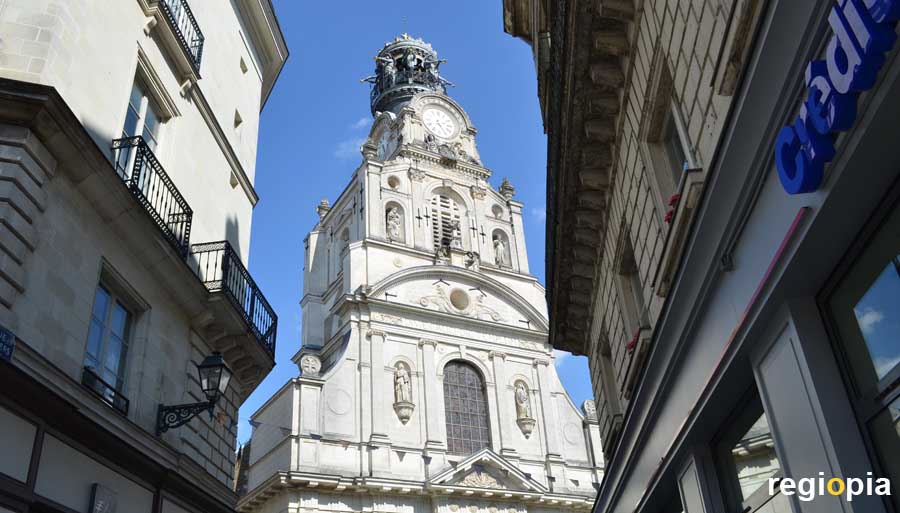
Eglise Sainte Croix
Construction of the church Sainte Croix began in 1669. The church has a baroque facade, with an interesting bell tower. The top of the tower was completed in 1860 with a wreath of angels playing the trumpet. The interior of the Church of the Holy Cross is very different. Here you suddenly find yourself in a neo-Gothic nave that cannot compete with its predecessors. If you like corny angel lamp holders, you may think the interior is pretty.
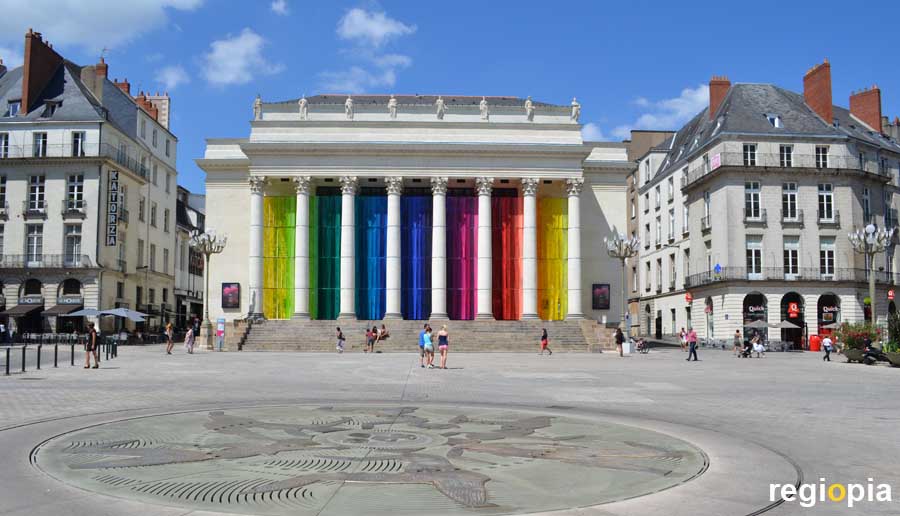
Place Graslin
Place Graslin is one of the most beautiful squares in Nantes. The square was named after the property owner Jean Graslin, who developed his property into a new urban district. The architect Mathurin Crucy designed the urban plan, which was geared towards the theater. The Graslin Theater is the most important building on the square. The new district was built in 1787, when the square was called Place de la Comédie.
The brasserie La Cigale was built opposite the theater in 1895. The Art Nouveau building by architect Émile Libaudière is considered the most beautiful brasserie in France. In the La Cigale brasserie you can admire the beautiful Art Nouveau tiles, which cover almost the entire interior. Because of its beauty, La Cigale is often used for as film scene. The restaurant is an architectural landmark of Nantes. Of course, you can also eat very well in here.
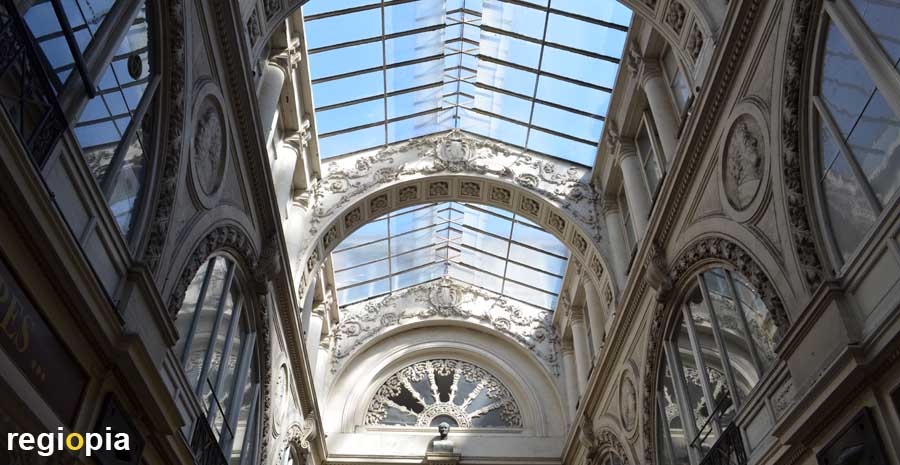
Passage Pommeraye
The Passage Pommeraye connects the Rue Crébillon with the Place du Commerce. The shopping arcade overcomes the height difference of around 10 m between the two locations with a spacious staircase. The passage was built by Louis Pommeraye in 1843. The architects Jean-Baptiste Buron and Hippolyte Durand Gasselin used the Paris models of the Galleries Vivienne and Galleries Colbert, both of which opened in 1824. The Passage Pommeraye is around 111 m long and captivates with its beautiful decorations and elegant shops.
ads
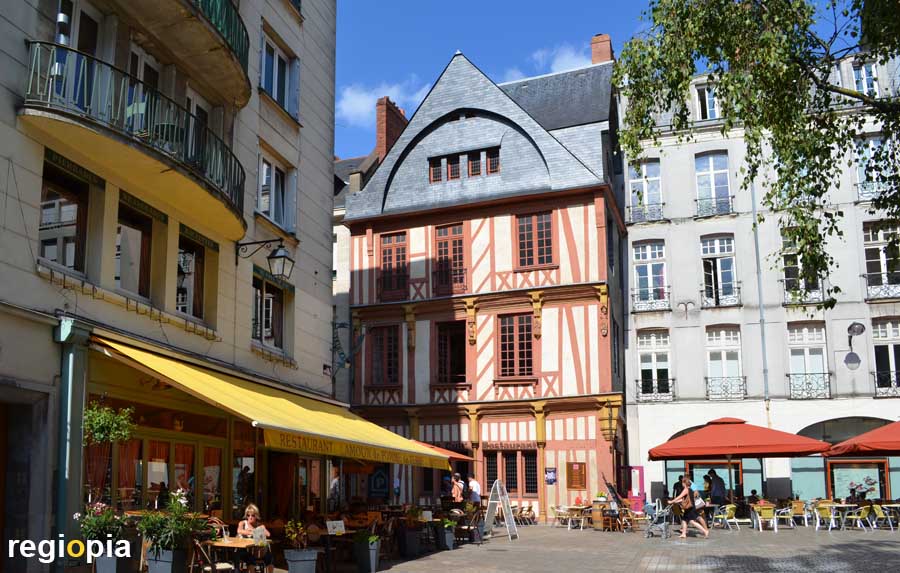
Place du Change
The Place du Change is a central square in the old town of Nantes. On this beautiful square, the Rue des Halles meets the Rue des Carmes. The Place du Change is located in the pedestrian zone, here you will find many cafes and restaurants. The half-timbered house at 2 Rue des Carmes is one of the few surviving buildings from the Middle Ages. It was built by a pharmacist in the 15th century and is now the most beautiful half-timbered house in Nantes.
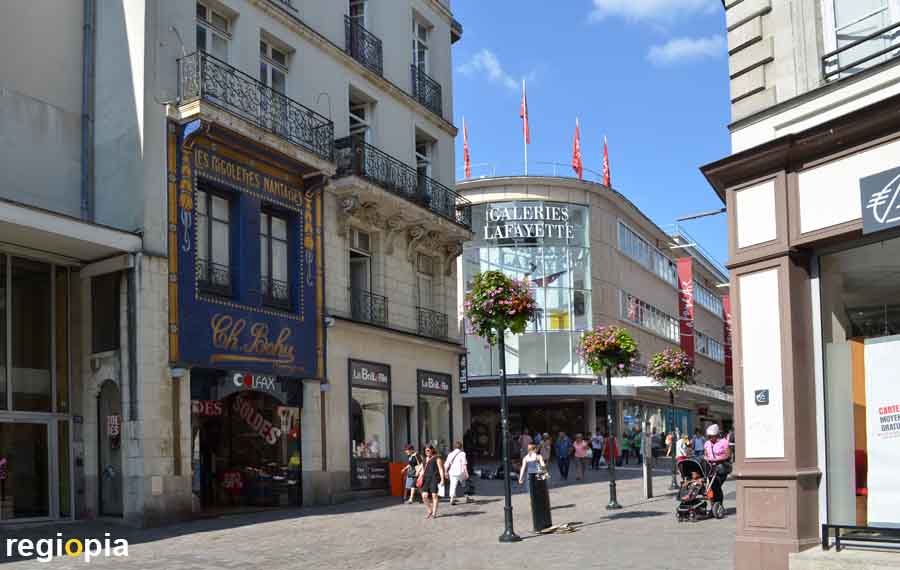
Rue de la Marne
Rue de la Marne is the main shopping street of Nantes. It is part of the east-west axis that runs through the center from Place Royale to Place du Pilori. At Place du Pilori, the road bifurcates and leads either to the castle via Rue du Château or to the cathedral via Rue de Verdun. The department store Galeries Lafayette is also located on Rue de la Marne, but it doesn't spread as much glamor as the famous department store in Paris.
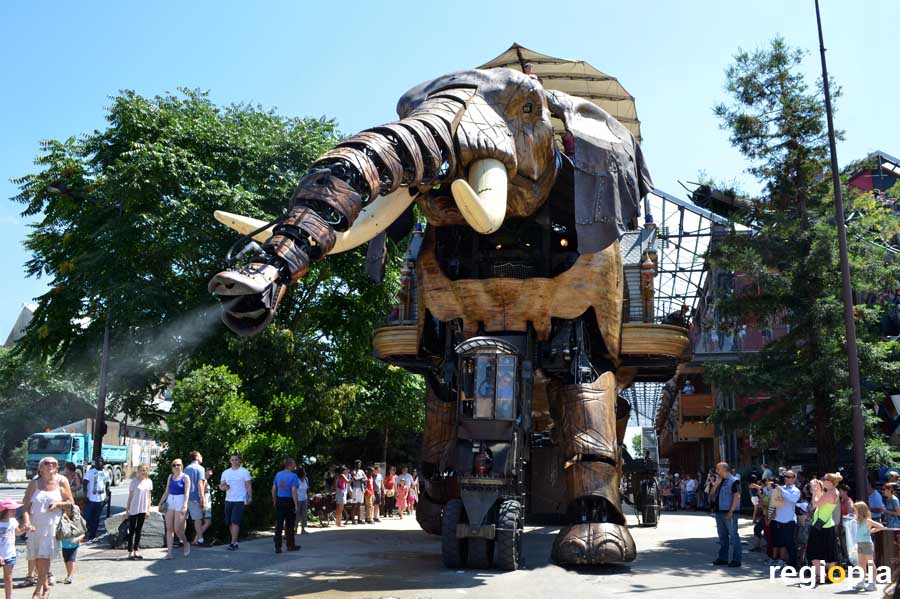
Le Grand Éléphant
Ships were built on the Île de Nantes and people boarded steamers that took them to destinations all over the world. The age of machines was also the epoch that Jules Verne described in his adventure novels. The two artists Francois Delaroziere and Pierre Orefice founded the Les Machines de l'île project in 2003. They built large machines for theaters, rides and as attractions at street events. Their specialty are huge animals, which are made of wood and steel, that can slowly move.
The best known of these machines is the big elephant. Le Grand Éléphant is 12 m high, 8 m wide and 21 m long. The monster weighs around 48 t and moves at 3 km / h. 50 people can ride on the machine. The Elefenat is the most famous tourist attraction in Nantes. If you want to ride the elephant, you should secure a ticket beforehand (see link). If you want to see the animals in action, you can also find the timetable on the website. In the huge halls of the old shipyard, you can admire other mechanical monsters.
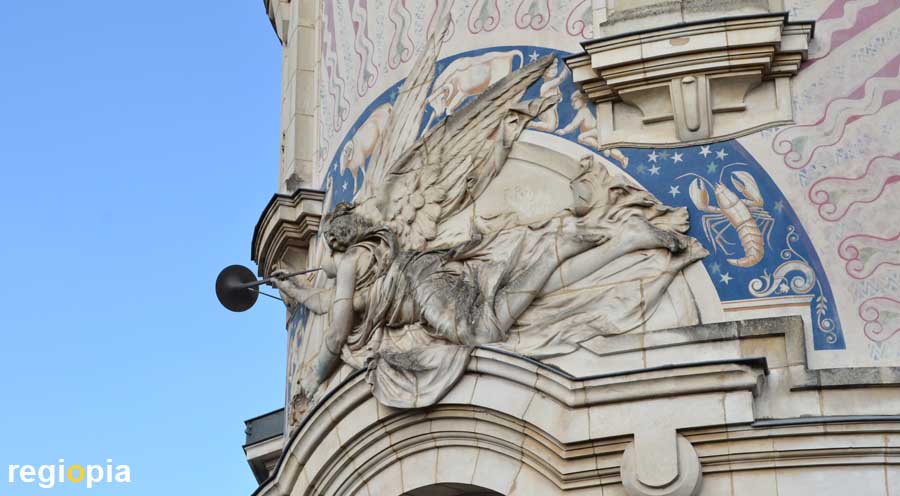
Lieu Unique
The Lieu Unique is a center for contemporary arts. This includes theater, architecture, dance, circus music and other artistic expressions. The Lieu Unique is located in the former LU biscuit factory. Lefèvre-Utile, or LU for short, was a well-known company in France, which began producing butter cookies in 1895. The factory building in Nantes was designed in 1909 by the Parisian architect Auguste Bluyssen. The Art Nouveau tower on Quay de Malakoff was preserved when large parts of the factory were demolished in 1986. LU is now part of an American corporation, and the brand is still used for biscuit products.
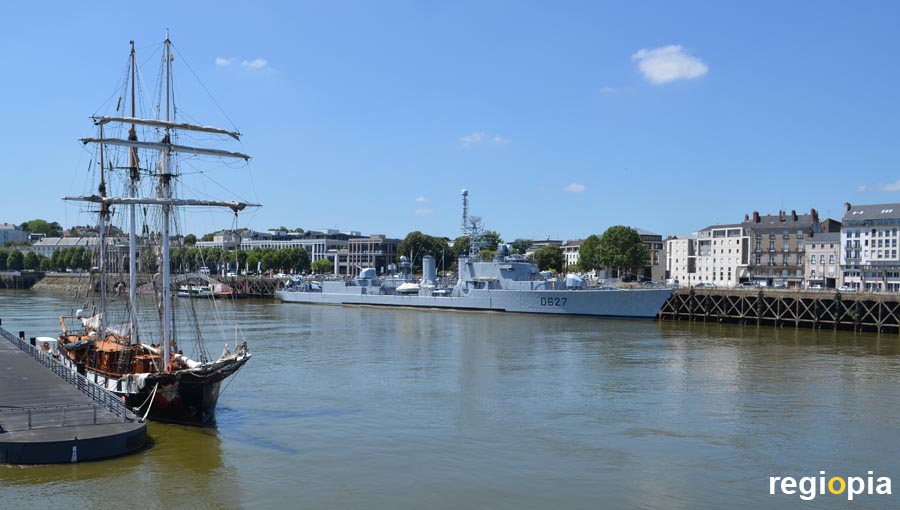
Nantes Harbour
Nantes is located on the Loire, about 50 kilometers from the mouth of the Atlantic. The port of Nantes has always been very important to the city's economy. Nantes was the largest port in France in the 18th century. The trade with the colonies in America and Asia made the city rich. The city's cash register was also filled by the trading of slaves. The maritime era in Nantes ended with the container ships, the Loire was not deep enough for the huge ships. In 1989 the last shipyard was closed and the port of Nantes lost its importance.
Today there are only museum ships on the Quay of Nantes, such as the destroyer Maillé-Brézé or excursion boats for tourists. The former port area on the Île de Nantes is being converted into a new district.
Tourist Map Nantes
ads
Travel Guide Nantes
Welcome to Nantes
Nantes is a city with around 300,000 inhabitants on the Loire. Nantes used to be the capital of Brittany, today it is the capital of the Pays de la Loire region. The regiopia travel guide shows the most important sights of Nantes with the cathedral, the castle and the grandiose machines on the island.
ads
ads


